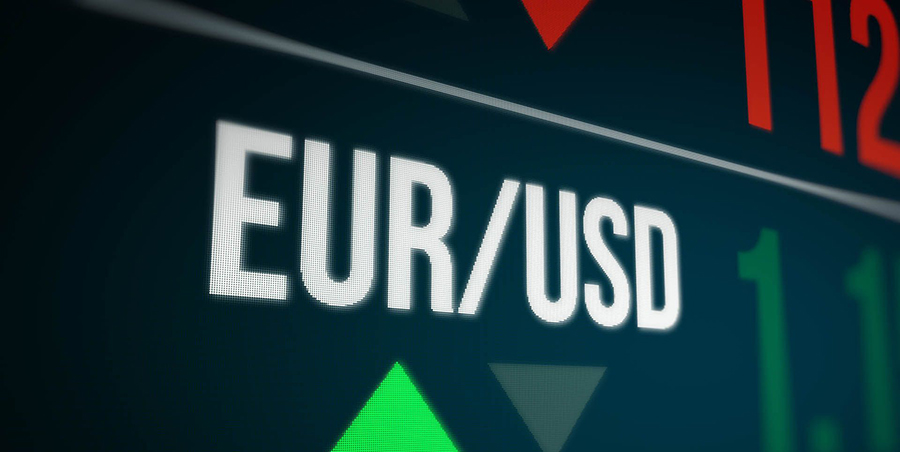
Traders have probably noticed that as of late, that the once highly volative and active eurusd has seen very low volatility and narrow trading ranges. On Wednesday, the pair was up by 0.1% for the day, during the US session, marking a daily move of 10 pips. While it is still the most globally traded pair, this volatility is not enough for traders to base their strategies on.
The truth is, between July and October the pair has barely moved. Its July highs were at 1.20 and lows at 1.16. In simpler terms, its range is at 400 pips over the period of three months, and on most days it's traded somewhere in the middle at 1.18.
Traders who didn't buy the lows around March and April near 1.08 and 1.10 are now stuck holding the eur and getting no benefit. Intraday volatility is so small that it repels short-term traders, and with no apparent mid-term trend, the rest of the traders are staying on the sidelines as well.
So, when is this boredom going to end? It's hard to say, but we can look at what the central banks are doing. Both the European Central Bank (ECB) and the federal reserve (FED) are printing money and being very dovish. Market participants are expecting more Quantitative Easing (QE) in the US, while the ECB will most likely further loosen monetary policy, considering the EU's deteriorating COVID situation.
There are no negative yields in the US for now, and the Fed said there would never be, but nothing can be guaranteed. If the economic situation worsens in the US, the Fed might actually lower the rates below zero for the first time in history. That would undoubtedly be usd negative, and it might offset more QE by the ECB. In that case, we would expect the EURUSD to rally toward 1.30.
Technically speaking, a breakout above previous highs of 1.20 could trigger a further rally, targeting 1.22/23. Alternatively, a breakdown below 1.16 might send the pair toward 1.14/13. However, for a larger and longer-lasting trend, we need a fundamental impetus. Until anything fundamentally changes, we will probably see the EURUSD pair stuck between 1.16 – 1.20. But if one of the central banks announces more easing, that should undermine the domestic currency, and we might finally see some broad trend. Until then, traders might choose some other FX pairs or asset classes to trade.
Provided by Axiory